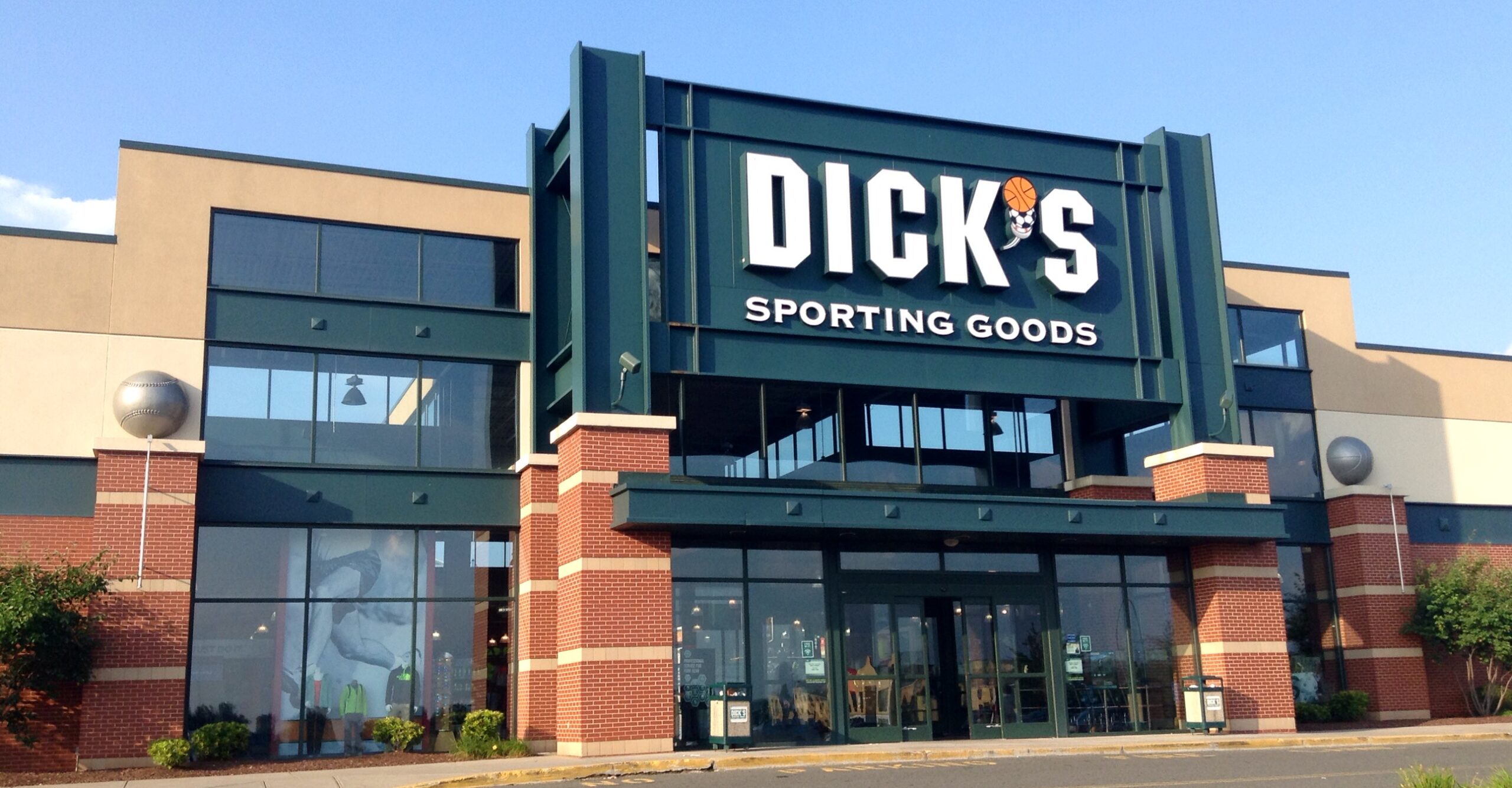Dick’s Sporting Goods Inc. has laid off about 250 corporate employees, or less than 1% of its overall workforce. The layoffs come as the company faces increasing competition from online retailers and other sporting goods stores.
In recent months, Dick’s has also announced plans to close a number of stores. In June, the company said it would close 120 stores over the next two years.
The layoffs and store closures are part of a broader restructuring effort at Dick’s. The company is trying to become more efficient and focus on its most profitable businesses.
Dick’s is not the only sporting goods retailer facing challenges. In recent months, other retailers such as Sports Authority and Sports Chalet have filed for bankruptcy.
The retail industry is facing a number of challenges, including rising rents, competition from online retailers, and changing consumer shopping habits. These challenges are likely to continue to put pressure on sporting goods retailers in the coming months.
Here are some additional details about the layoffs:
- The layoffs affected employees across all levels and functions at Dick’s corporate headquarters.
- The company said that it would provide severance packages and outplacement assistance to the affected employees.
- Dick’s CEO, Edward Stack, said in a statement that the layoffs were “difficult but necessary” to ensure the company’s long-term success.
The layoffs are a sign that Dick’s is facing some tough challenges. However, the company has a strong track record of adapting to change and staying ahead of the competition. It remains to be seen how the layoffs will impact Dick’s business in the long run.
Here are some of the factors that are contributing to the struggles of the retail industry:
- Rising inflation: Inflation is making it more expensive for consumers to buy goods and services, which is leading to lower sales for retailers.
- Supply chain disruptions: The COVID-19 pandemic has disrupted the global supply chain, making it more difficult for retailers to get the products they need.
- Labor shortage: The labor shortage is making it difficult for retailers to hire and retain employees.
- Changing consumer shopping habits: Consumers are increasingly shopping online, which is putting pressure on brick-and-mortar retailers.
The retail industry is facing a number of challenges, but there are also some opportunities. Retailers that are able to adapt to the changing landscape and meet the needs of consumers will be the ones that are most successful in the long run.
